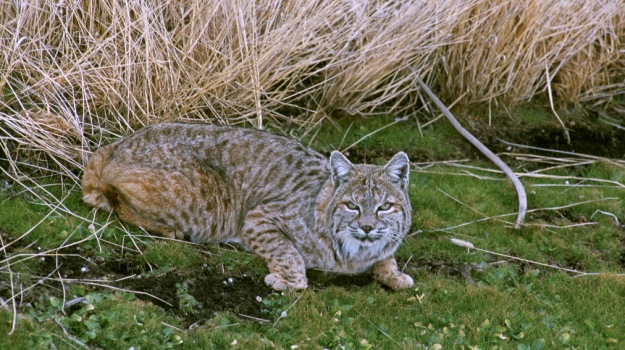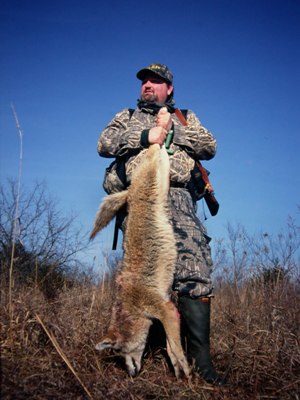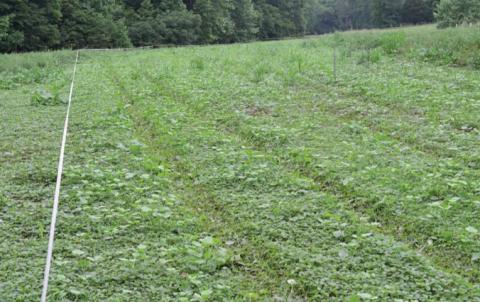
Editor’s Note: Tracy Groves is the Mossy Oak Regional Pro Staff Manager for the turkey division, including Maryland,Pennsylvania, New Jersey, Delaware and New York. He’s a Mossy Oak fanatic and explains, “During early turkey season, I prefer to wear Mossy Oak Bottomland. After green-up, I like Mossy Oak Obsession. During deer season, I wear Break-Up Infinity, and during bear season I wear Break-Up.”
When you're calling turkeys, you're also calling predators. If I see a coyote or a bobcat coming in to my calling, and if I’m hunting in a state where harvesting coyotes and/or bobcats during turkey season is legal, I’ll shoot the predator and let the turkey go free. I know that I can come back to that same spot another day to hunt a turkey, and more than likely, I’ll harvest the turkey then. But that coyote will kill turkeys, eat turkey eggs and kill and eat young turkey poults. If he can find a hen sitting on a nest, he’ll kill and eat the hen and the eggs. Therefore, the turkey is much better off if I shoot the predator and hunt that turkey another day.
 One of the secrets to hunting turkeys is to know when to hold them and when to fold them, like Kenny Rogers said in his song, “The Gambler.” A woodsman will let a gobbler go when he has a chance to take a predator, when he knows that the turkey may be a little bit out of his range, or when he realizes another hunter is trying to call that same turkey. Generally, as long as you don’t spook the gobbler, you can hunt him another day. However, when you spook a gobbler, there's a good chance you may not get to hunt that bird the rest of the season.
One of the secrets to hunting turkeys is to know when to hold them and when to fold them, like Kenny Rogers said in his song, “The Gambler.” A woodsman will let a gobbler go when he has a chance to take a predator, when he knows that the turkey may be a little bit out of his range, or when he realizes another hunter is trying to call that same turkey. Generally, as long as you don’t spook the gobbler, you can hunt him another day. However, when you spook a gobbler, there's a good chance you may not get to hunt that bird the rest of the season.
Often, the state where you’re hunting determines whether or not you'll call in a turkey or other predators. For instance, last year I hunted in Kansas for 4 days. I called in a coyote each day and harvested a coyote each day. Over the course of hunting in Maryland for 5 years, I've only taken one coyote. When we’re calling for turkeys in Maryland, foxes are the major predators there that respond to turkey calling. In New York when we’re calling to turkeys, we have about a 30-percent chance of calling in a coyote. Oklahoma is a lot like Kansas. You'll probably call in a coyote every day you try to call in a turkey there. Of course, in states where we can harvest foxes and bobcats as well as coyotes during turkey season, I’ll harvest them. I don’t believe that many turkey hunters realize how much damage these predators do not only to turkey populations, but also to other small game like rabbits, squirrels, pheasants, quail, and non-game species. So, most turkey hunts I go on are turkey hunts/predator hunts. If the predator shows up before the turkey comes in, I always try to take the predator. If the predator shows up at the same time the turkey comes in, I’ll still choose to take the predator instead of harvesting the turkey.
When a woodsman is hunting a turkey, he’s not only concerned about the turkey that he's trying to take. He's more concerned about the future of turkey hunting on the land he hunts. For this reason, taking the predators trumps bagging the gobbler every time - in my opinion.
Day 2: Tracy Groves Tells How to Recognize a Crow Convention
Tomorrow: Tracy Groves on the Importance of Passing the Turkey Hunting Heritage on to Family and Friends






























